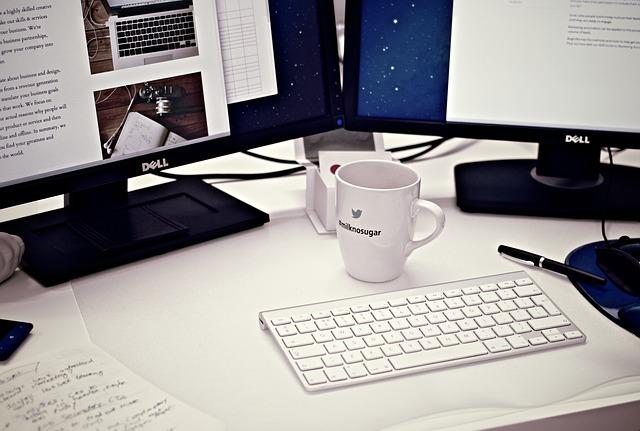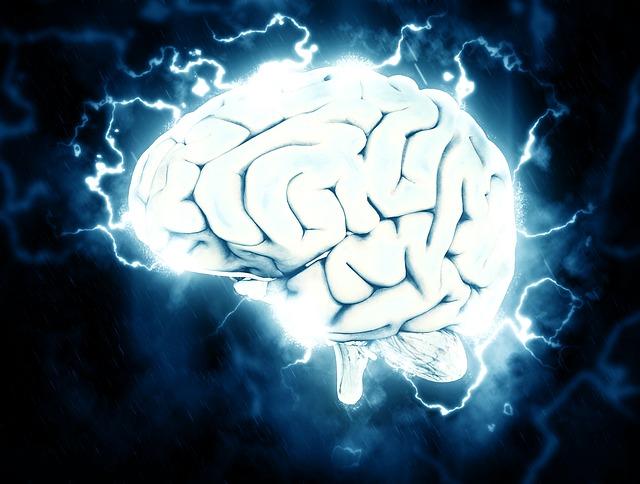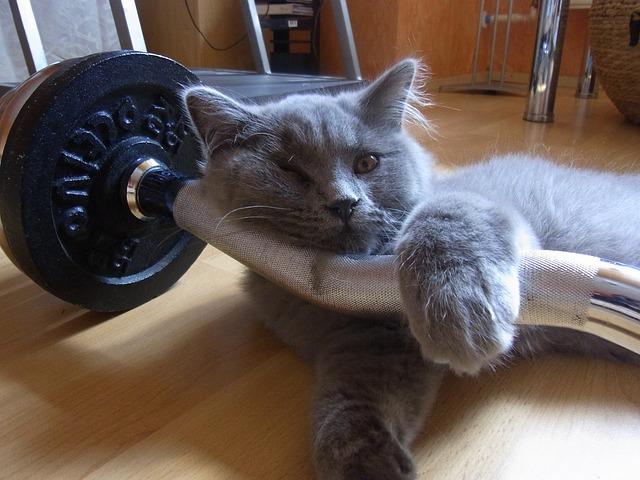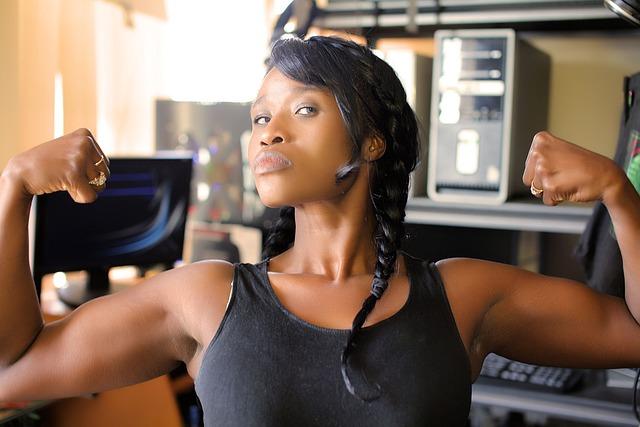Archive for January 2017
The Technique of a Successful Sitter
Sitting is not the unconscious activity we give it credit for
It is much more insidious, contributing to obesity and risk for cardiovascular disease while simultaneously destabilizing the back, leading to pain and degeneration in your spine. And then you end up at the chiropractor’s office wondering where it all went wrong. Well, if you must sit all day, we must be proactive about it:
Ensure that your desk is not working against you
Here is an easy to follow ergonomics checklist.
- Top of your monitor at eye level. This encourages your head to stay straight; think about how you look down when the monitor is below eye level- this encourages your head to lean forward and down, and magnifies the weight of the head to the spine.
- Butt touching the back of the chair. This goes a long way toward keeping your back straight and upright. Use a pillow or rolled up sweater to provide support for the lower back.
- Hips at 90 degrees or slightly higher, with feet flat on the floor (or a footrest)
- Keyboard in line with elbow joint to prevent pains in the arms.
At Hayes Family Chiropractic, we believe in stacking the odds in your favor. By checking yourself against this list, you are making it a lot easier for your body to remain in a posture that is at least not actively damaging your spine. From here, it is about being attentive and proactive to moving as much as possible, whether it be at your desk or getting up and walking around.
At our office in Dunedin, we can show you the importance of posture and help think up creative solutions for your workplace. Posture is one of the best ways you can be preventative with your healthcare; let us help you redefine your attitude and reset your workplace by calling our office and scheduling an appointment today.
By checking yourself against this list, you are making it a lot easier for your body to remain in a posture that is at least not actively damaging your spine.
Deskercise: Sneaky Ways to Stay in Shape
Rethinking the way we exercise
Between working, commuting and relaxing, many of us are spending up to 70% of our waking hours seated! This is rough news for our bodies, particularly our backs and even people who make a pilgrimage to the gym after work still need to be wary of sitting for long periods of time without a break. If we are going to be spending so much time at the desk, we may as well use a few minutes to keep our bodies in a state of fitness. As chiropractors, we will focus on deskercises that target muscle groups of the core, the upper legs and hips, shoulders and necks.
Subtle deskercises for the discerning worker:
- Glute squeeze: Squeeze your glutes together and hold 5-10 seconds then release. Repeat as often as you want or until the glutes are tired.
- Sub-desk leg raising: while seated, straighten legs in the air and hold for 5-10 seconds. Let them down slowly and repeat up to 20 times or until you tire.
- Ab squeeze: tighten the abdominal muscles, hold for 5-10 seconds and release. Repeat 15 times.
- Using the swivel chair: Lift and hold your feet slightly off the ground. Grip the edge of your desk with thumb and forefinger and gently swivel from side to side to train the oblique muscles in your core.
- Shoulder shrug: Lift shoulders up toward ears, hold 5 seconds and let down slowly. Repeat. This one is great for releasing tension in the upper back and neck.
- Neck strengthening: Put your head in your hands and push. Engaging the muscles of the neck, resist. Then put hands on back of head and push, also resisting with the neck muscles. Hold each for 5 seconds and repeat up to 5 times.
None of these require you to get out of your chair, let alone make a buzz around the office by looking goofy. The emphasis should always be on movement; the more we can keep our muscles moving throughout the workday, the less tension will build. At Hayes Family Chiropractic, we help the deskbound worker by working with you to establish good posture as second nature- this is the single most important thing you can do if you must sit all day. Furthermore we treat sore muscles and nerve dysfunction in the spine with chiropractic adjustment.
Dr. Chris Hayes, D.C.
Brain Food: Keeping the Noggin Well-Nourished
Today, a subject that is certain to get the juices flowing: cerebral circulation.
What price can you place on your brain? It is the central processing unit for your entire world, and it is hungry! For an organ that makes up only about 2% of body mass, the brain uses more energy than any other organ- up to 20% of the body’s total, and three times as much oxygen as other muscles in the body. So we need to ensure that our brain is well-fed. But how?
It begins with blood
The blood vessels that supply the brain bring freshly oxygenated blood and other important nutrients, including glucose to the brain to help the cells respire and keep you energized and clear. This is what we call cerebral circulation: the flow of nutrients to the brain cells and then the flow of de-oxygenated blood, carbon dioxide, lactic acid and other metabolic products back to the heart.
Stagnation is the enemy of circulation
Breathing well is very important, as discussed in my last blog post here. But so are two other factors which seem to crop up time and again: diet and exercise. If you find yourself sitting for long periods of time, stand up and have a quick walk and a stretch to break the monotony of stagnation. When it comes to diet, the most important vitamins for the brain are of the b-complex and vitamin C, along with magnesium, zinc and calcium. Adding these into your diet, whether through supplement or in meals, is a great way to ensure your brain is receiving the nutrients it needs!
Above all, remain interested and active; make your brain work toward things that make you happy. The reward complex of the human brain is a powerful tool when used the right way! Chiropractic is another powerful tool for ensuring that circulation flows evenly through the body and brain. Give our office in Dunedin a call to schedule an appointment today.
Dr. Chris Hayes, D.C.
Deep Breathing to Beat Stress
In the heat of a stressful moment, deep breathing is a powerful tool.
There is so much wisdom in the saying, “take a deep breath.” But to go a step further we should try taking a full minute of deep breathing. In moments of panic, when stress is boiling over, our breathing tends to become shallow and insignificant. A signal characteristic of shallow breathing is expansion of the chest cavity. As I wrote about in our blog here, the elements of deep, diaphragmatic breathing are as follows: contracting the diaphragm, in-taking air through the nose and filling the lungs to the bottom, where blood is circulating. A signal characteristic of deep breathing is expansion of the abdomen and not the chest.
The benefits of deep breathing:
-
Cells of the brain and body receive a steady supply of oxygenated blood
-
The body is able to detoxify and release toxins easier
-
Blood circulates better
-
Blood pressure lowers
These are important factors in the fight against stress. Those benefits contribute to a sharper mind, less tension in the body and an elevated state of mind.
Another side effect of stress is tension in the muscles
Sitting for hours, typing and clicking and all the time tension is rising; you can feel it in your shoulders and lower back in particular. Here is a quick method for dispelling this tension: known as progressive muscle relaxation, it combines deep breathing with activation of the muscles to relieve tension.
- Start deep breathing, in for four seconds and out four rhythmically
- With each inhale, flex a different muscle group, starting with the toes and working up to the shoulders
- With each exhale, let go and then move to the next group.
This should see a marked improvement in stress relief both physically and mentally. At Hayes Family Chiropractic, we can help you manage the stress of your daily life. Deep breathing is a great way to start, but it is only the tip of the iceberg! Call our office in Dunedin to find out how we can optimize your body and brain in the fight against stress.
Dr. Chris Hayes, D.C.
How to Manage Back Pain in the Moment
Sitting all the time is the fastest ticket to back pain currently available.
As humans we were not meant to sit for nearly as much time as we do- but more and more of us are being asked to sit for 40+ hours a week, plus our commute and recreation time. Sitting is insidious by nature: it starts with just a twinge of spinal discomfort, but soon the muscles degrade and the twinges become more chronic. Back pain is a signal that tells you something is wrong and it should not be ignored! While chiropractic is an important tool for keeping your spine aligned and addressing chronic muscle tension, sometimes you need immediate relief, of the kind you can administer to yourself.
Techniques for managing back pain on the spot include:
-
Going for a quick walk: to relieve muscles from the monotony of sitting and release endorphins as well as get your heart rate up.
-
Static stretching: sometimes standing up and going for a walk isn’t good enough. Static stretches such as the hip flexor or standing quad stretch can be performed within your desk area and will help maintain the proper curvature of your low back.
-
Stretching the hamstrings: while not the first place you think when you’ve got back pain, a symptom of chronic sitting is tight hamstrings and these can create a pull on the lower back, meaning the pain is appearing in another place than its origin.
-
Releasing endorphins through light aerobic exercise. These are your natural pain-fighting chemicals which work by stopping pain signals from registering in your brain.
-
Simple yoga poses: child’s pose and pigeon pose are excellent for elongating the spine and opening up the hips.
Low back pain is likely going to reflect a multitude of issues. For example, tight hip flexors, quads and hamstrings are very likely to create a pull and thus a misalignment in the lower back. When this misalignment leads to nerve pain, it is time to pay a visit to your Dunedin chiropractor! Chiropractic adjustments will restore alignment to the lower back, alleviating nerve pressure and allowing you to stretch and strengthen the region effectively.
Dr. Chris Hayes, D.C.
Using your Hips to Fight Lower Back Pain
The problems facing your hips are myriad.
Let’s focus on how it relates to low back pain. As the largest joints in the human body, the hips are meant to support the weight of the human body during both static and dynamic (moving) posture. The entire region, known as the pelvis, contains the two hip bones which connect by way of muscles and ligaments to the sacrum to form the sacroiliac joint. Because there is a complex network of nerves which control muscles and organs in the local area, the sacroiliac region is prone to misalignment and painful nerve irritation.
Hip mechanics have gone out the window
It’s something that we all seem to “unlearn” at some point along the way to becoming an adult. We stop using our hips for motions such as lifting and twisting, and the lower back must perform this movement, which adds to its already considerable burden. For a basic lift, we all know that we are supposed to squat down to the object, then thrust forward with the hips to initiate the lift. But in our infinite laziness, we often forego this motion and just bend over to pick up and object. This sets a trend for many motions in which the lower back is unfairly asked to pick up the slack of the hips.
Hip mobility also faces problems due to excess sitting: when we are sedentary all day, the many muscles in the hip region are conditioned to remain contracted. This leaves them vulnerable to injury when we ask them to do basic elongating movements such as walking or running.
The clear truth is that using your hips properly can help fight lower back pain.
At Hayes Family Chiropractic, we want to help you relearn what was lost- by teaching you about proper body mechanics and when to apply them, you can stop overburdening your lower back. Furthermore, we can provide relief to those tight hip muscles and realign the lower spine to prevent nerve irritation from affecting you further. By adhering to proper body mechanics, stretching and strengthening the right muscles, you can go a long way toward preventing degenerative joint disease and other problems in the lower back!
Dr. Chris Hayes, D.C.
The Hype about Micro-exercising
Micro-exercise is the idea that you can capture great health benefits from small doses of workout
How do we define the value of 60 seconds? 10 minutes? Certainly these small blocks of time can be measured in terms of productivity, but what about in terms of the benefit to brain and body? All across America workers are saying (whether honestly or not) “we don’t have enough time to exercise.” On the flip side, your brain and body can’t afford not to exercise. Micro-workouts offer an exciting go-between that allows people to take advantage of small blocks of time throughout the day when they don’t have the time for a full work out. It is certainly tipped to become one of the great health trends in 2017.
Why do it? Microexercise:
-
Gets your heart rate up and blood flowing
-
Recharges brain and body before returning to work
-
Trains muscles that matter for posture
-
Relieves muscles from the monotony of sitting for hours on end.
-
Encourages the elongation of muscles which are being conditioned into a state of constant contraction.
Micro-workouts should serve a purpose
They should not take the place of a full workout routine, or become your only method of exercise. They should be used on days when you can barely escape the office; when you wake up feeling gym-shy or unable to move yourself to run. Micro-exercise is more along the lines of keeping a jump rope or a set of dumbbells under your desk so that when the opportunity strikes, you can seamlessly jump into a work out. A set of jumping jacks, push ups or lunges should be done thoroughly- it is worth following a 10 minute full-body yoga or Pilates plan.
Micro-exercise, like chiropractic, is about optimization.
The science is overwhelmingly in support of exercise for people who spend significant amounts of time deskbound. At Hayes Family Chiropractic, we support any initiative that gets your body moving during a day of heavy sitting. Give our office a call so we can start working together to create a plan for your fitness that keeps you free of the tension and dysfunction that accumulates from hours spent stationary.
Dr. Chris Hayes, D.C.
Using Body Weight: The Cheapest Way to Train
Body-weight training is trending this new year and for good reason.
It has a lot of factors that line up with a modern mindset: it’s free, easy to learn and quick to implement. It’s versatile, able to target different parts of the body which need improving and can (most likely) be performed from wherever you are reading this blog. Using solely the weight of your own body as resistance, you can start building and maintaining the muscle necessary to keep your body healthy and your posture proper.
Here are some benefits of body weight training:
-
Increase relative strength, or your strength in relation to your own body size.
-
Increase reactive strength, or your ability to stretch and contract your muscles.
-
Boosts circulation and improving the range of motions in joints.
Basic types of body-weight training include:
- Push-ups
- Planking
- Squats
- Lunges
- Pull-ups
At our office in Dunedin, we can show you how body-weight workouts align with chiropractic principles regarding total wellness. The great thing about body weight training is that it is adaptable to any fitness level- no matter how much you weigh, or how little you work out, we can design a plan that will challenge you and help you strengthen the parts of the body that really matter for longevity. Our objectives are to help you find better balance and increase core strength to help with posture, move with less pain and improve circulation to the brain and body.
Dr. Chris Hayes, D.C.
Losing Weight is a Mind Game
Forget about looking great and focus on real reasons for losing weight.
Chasing an ideal body image or losing weight simply for the approaching beach season are “reasons” for losing weight, sure, but they are not much more. They let you down because they are superficial by nature: there is no such thing as an ideal body image- your body is unique to you and while looking great may make you feel great, it is secondary to achieving a healthy weight for the purpose of improving your life. Likewise the health website that tells you losing weight will reduce your risk for many diseases- this is unhelpful because it fails to connect to you; it is too open-ended. When it comes to weight loss, the more compelling reasons (and the more personalized they are) are the ones more likely to make you follow through with your plan.
At Hayes Family Chiropractic, we approach weight loss from an evidence-based angle.
Every single pound over your target weight is adding a burden to your joints, causing them to degrade quicker over time. Furthermore, too much body fat is linked to chronic inflammation. While degenerative joint disease may seem like an abstracted condition for the elderly, trust us when we say that it’s effects are life-altering and the pain is real! And it is a misconception that conditions like osteoarthritis are confined to the elderly- they can be experienced at any age and being overweight certainly contributes to their development. Knees, hips, and intervertebral discs are all at risk when excess weight is present. And when your joints start hurting, you stop moving, meaning weight gain and more pain; the condition perpetuates itself. The easiest way to break this cycle is to focus on getting to a healthy weight.
How we help with losing weight at our office in Dunedin
We support a well-rounded, healthy lifestyle. Yes, this process begins with those things you hear time and again: diet and exercise. But how can you think about exercising when pain or dysfunction is holding you back? Chiropractic helps align the spine, free nerves from impingement, assuage sore muscles and improve range of motion. After all, when moving is easier, you are more likely to do it. More than anything, losing weight is about taking your health in your own hands; with this endeavor we can help you!
Dr. Chris Hayes, D.C.
New Years Resolutions with a Side of Reality
One in three Americans will be halfway through the first week of their new year’s resolutions, many of which have to do with “becoming healthier.”
And how many people will still be on track 1 month from now? 6 months? The spirit of the holiday season imbues many of us with grandiose ambitions for the future: we are going to lose weight, quit smoking, and learn how to manage stress; we are going to run more often, reduce alcohol intake and sleep better (or more). These broad, open-ended goals often lack the precise definition and detail that will help us stick with them.
Achieving a new years resolution depends on being realistic, defining the scope of your goal and putting in hard work.
Things like losing weight, stopping a smoking habit or learning how to manage stress don’t happen overnight- but we want them to. And this is how we end up defeating ourselves- once it becomes apparent that we don’t “look or feel any different after a week, our resolve starts to weaken. Nothing great was ever built in such a short time span; if we learn to adjust our expectations, then we will not only boost our chances of success but also feel more calm along the way.
Beware of “quick fixes” and forget about “instant gratification”
A quick fix is usually code for an incomplete plan that promises a lot on a very thin premise; instant gratification is unrealistic. Committing yourself to a new years resolution means you are going to be in it for the long haul, so get excited about it: curate and write down the good that will come out of achieving your goal. At Hayes Family Chiropractic, you will find no shortage of inspiration regarding your health. Whatever your health goal for the new year, we want to be there to augment your plan and keep you on track!
Dr. Chris Hayes, D.C.’









